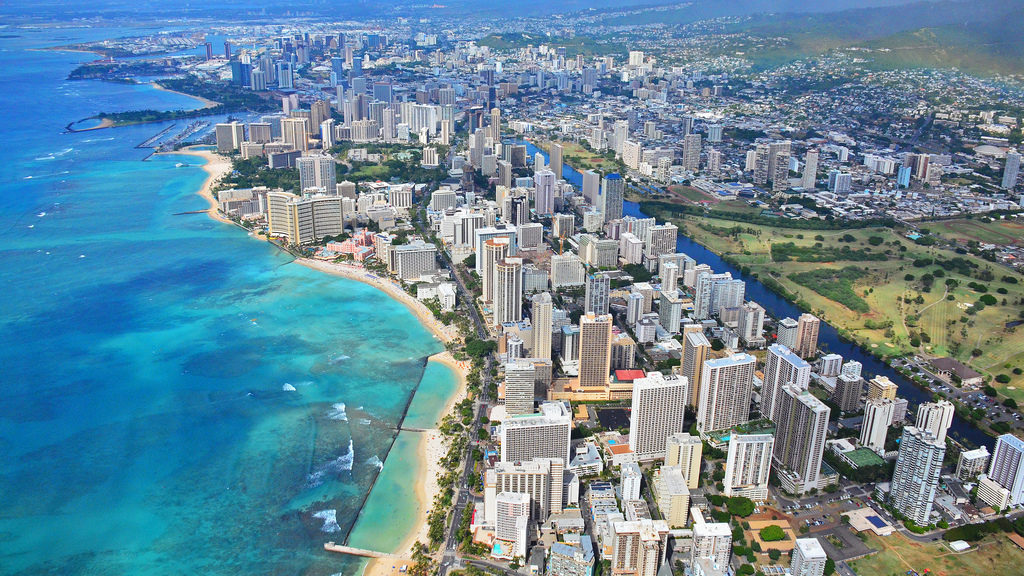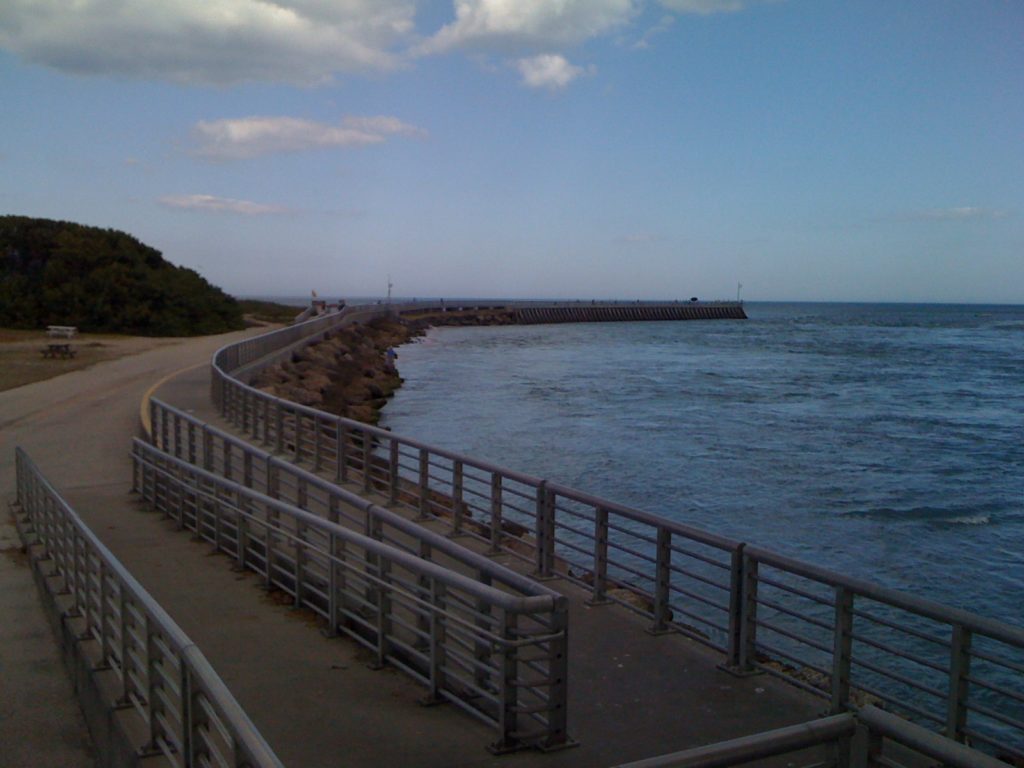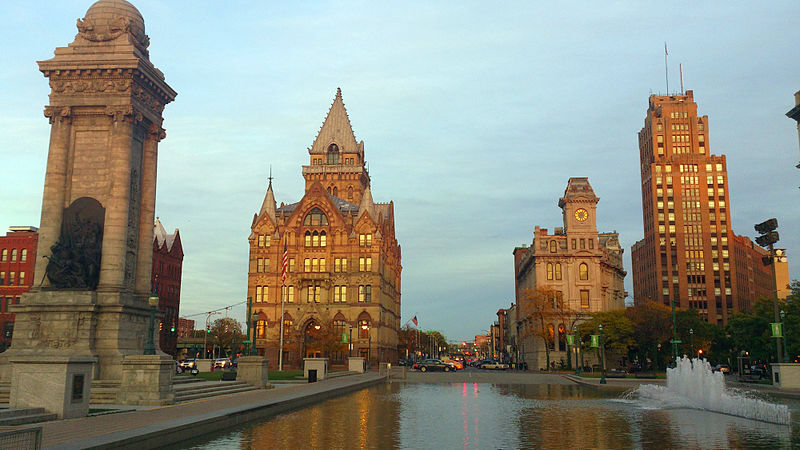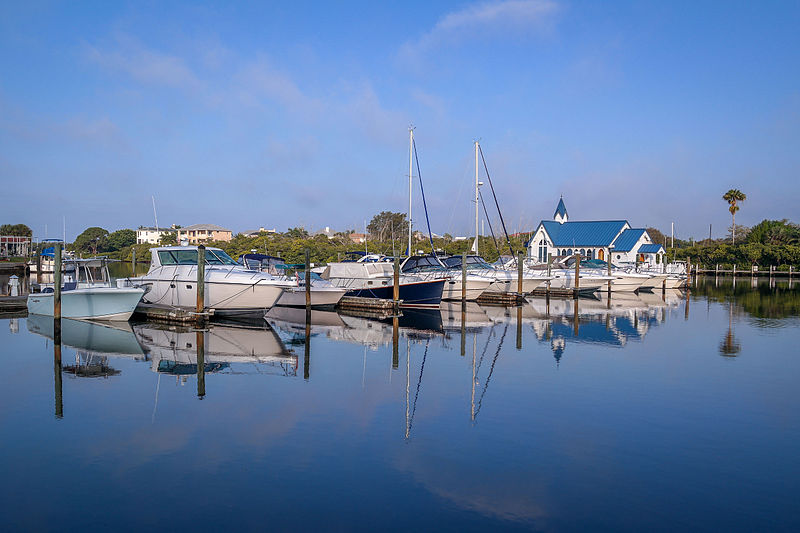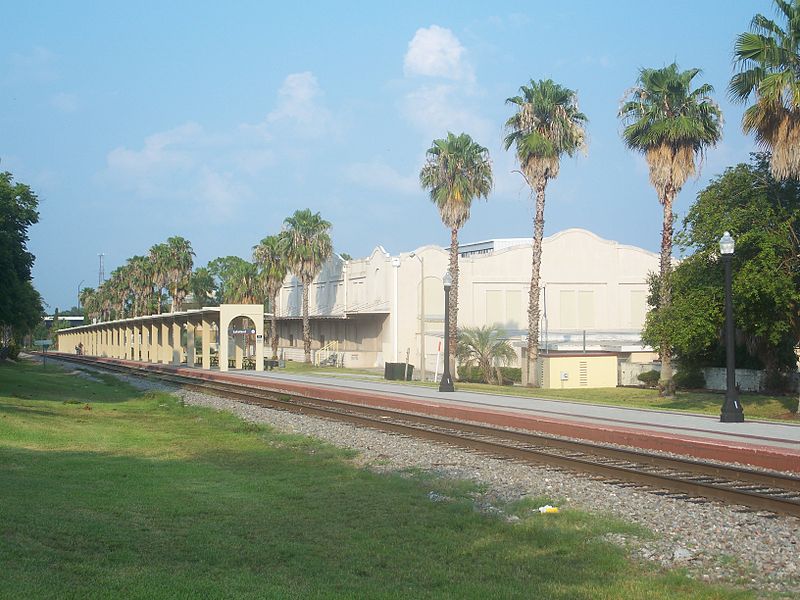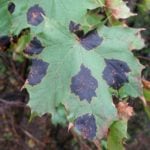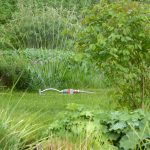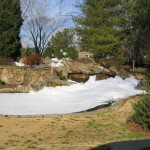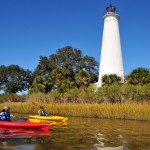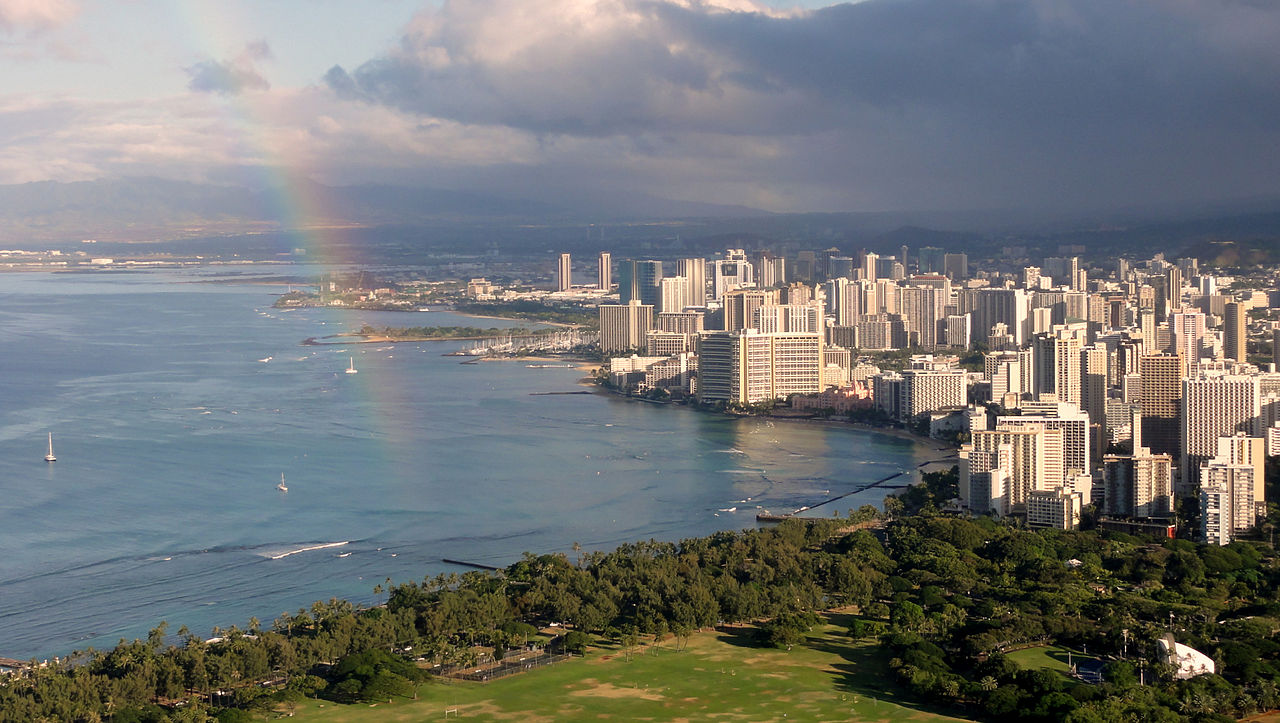
In recent months, volcanic eruptions have spewed volcanic fog, a form of hazy air pollution commonly known as “vog,” into the air on the island of Hawaii. However, the vog has dirtied the air over only a small sliver of the Big Island.
Meanwhile, the air in Honolulu, on the sister island of Oahu, has remained as clear as ever. In May 2018, the state’s health director, Dr. Virginia Pressler, noted that emissions from the Kilauea volcano on the Big Island were a “non-factor” for Oahu as well as Kauai, Lanai, Maui and Molokai.
For residents and visitors alike, Pressler said, “the weather is beautiful and warm, with cooling trade winds everywhere in Hawaii.”
In other words, residents of and visitors to Honolulu can breathe a healthy sigh of relief, as the air they’re breathing still ranks as the best among major U.S. metro areas. A LawnStarter analysis of data from the American Lung Association shows the Honolulu metro area has the least amount of year-round particle pollution compared with the country’s largest metro areas.
According to America’s Health Rankings, produced by the United Health Foundation, lack of air pollution is the most positive factor in Hawaii’s 2017 ranking as the second healthiest state in the U.S. That ranking is driven in large part by the Honolulu metro area, which makes up about 70 percent of the state’s population.
Overall, six metro areas surfaced in a 2018 American Lung Association report as the places with the cleanest air in the U.S., based on year-round particle pollution as well as short-term particle pollution and ozone. One of them was Honolulu. The only numerically ranked category was year-round particle pollution, where Honolulu climbed to No. 1 for major metro areas.
The American Lung Association says particle pollution refers to a combination of tiny solid and liquid particles that hang in the air.
“Many of the particles are so small as to be invisible, but when levels are high, the air becomes opaque. But nothing about particle pollution is simple. And it is so dangerous that it can shorten your life,” the association says.
Particle pollution can heighten the risk of heart disease, lung cancer and asthma attacks, according to the association.
(From a lawn care perspective, particle pollution can make it tougher to breathe while you’re pushing a lawn mower or tending to your garden.)
As explained by the federal Centers for Disease Prevention and Promotion (CDC), particle pollution includes dirt, dust, smoke, soot and drops of liquid. This type of pollution comes in two forms — primary and secondary.
Primary sources create particle pollution on their own, the CDC says. For example, wood stoves and forest fires are primary sources.
Secondary sources emit gases that can form particles. These sources include power plants, according to the CDC. Among other typical sources of either primary or secondary particle pollution are factories and vehicles.
Fortunately, residents of the Honolulu area are largely spared the perils of air pollution.
“At most times and in most places in Hawaii, we enjoy some of the best air quality in the nation,” according to the state Department of Health’s Clean Air Branch.
Below, we air LawnStarter’s list of the six major metro areas with the cleanest air, based on American Lung Association figures for measurement of year-round particle pollution. It’s worth noting that four of the top six are in Florida.
1. Honolulu, HI
2. Palm Bay-Melbourne-Titusville, FL
3. Cape Coral-Fort Myers, FL
4. Syracuse, NY
5 (tie). North Port-Sarasota-Bradenton, FL
5 (tie). Lakeland-Winter Haven, FL
